The electric vehicle (EV) revolution has brought forth numerous innovations aimed at addressing range anxiety and charging times. Among these, battery swapping—or swap mode—has emerged as a promising alternative to traditional plug-in charging. While the concept has gained traction in commercial fleets and public transport, its adoption in the private passenger vehicle segment remains sluggish. The challenges are multifaceted, ranging from infrastructure limitations to consumer behavior, making it an uphill battle for widespread implementation.
Battery swapping, at its core, is a straightforward idea. Instead of waiting for a battery to charge, drivers pull into a station where an automated system replaces their depleted battery with a fully charged one in minutes. For commercial operators, such as taxi services or delivery fleets, the benefits are clear: reduced downtime and increased operational efficiency. However, the calculus changes when applied to private car owners, whose usage patterns and expectations differ significantly.
One of the most glaring hurdles is the lack of standardization across automakers. Unlike fuel nozzles, which are largely uniform, EV batteries vary in size, shape, and chemistry depending on the manufacturer. This fragmentation means that a swapping station must either stock multiple battery types—a logistical and financial nightmare—or cater exclusively to a single brand. For consumers, this limits flexibility and undermines one of the key selling points of battery swapping: convenience.
Infrastructure investment is another stumbling block. Building a network of swapping stations requires substantial capital, real estate, and maintenance. Unlike charging stations, which can be as simple as a wall-mounted unit in a parking lot, battery swap facilities demand specialized equipment and trained personnel. In urban areas, where space is at a premium, finding suitable locations is a challenge. Even in suburban or rural settings, the economics often don’t add up without a critical mass of users.
Consumer psychology also plays a pivotal role. Many private car owners are accustomed to the idea of "owning" their vehicle’s battery, even if it’s technically leased or under warranty. The notion of swapping out a core component of their car for a stranger’s battery can be unsettling. Concerns about battery quality, degradation, and compatibility linger, despite assurances from operators. Additionally, the perceived value of swapping diminishes as home charging becomes faster and more accessible. Why drive to a station when you can wake up to a full battery every morning?
Regulatory and financial incentives, or the lack thereof, further complicate the picture. Governments worldwide have poured subsidies into charging infrastructure and EV purchases, but battery swapping has received comparatively little support. Without policy tailwinds, private companies are left to shoulder the risk, leading to hesitant investment and patchy coverage. Even in markets where swapping has been trialed, such as China, success has been uneven, with some operators scaling back amid financial strain.
Despite these challenges, some automakers and startups remain bullish on the technology. Nio, for instance, has built an extensive swapping network in China, betting on the model’s long-term viability. Others are exploring hybrid approaches, combining fast-charging with swap capabilities to cater to diverse needs. Yet, for every Nio, there are countless others who have quietly shelved their swap ambitions, citing insurmountable barriers.
The road ahead for battery swapping in the private sector is anything but certain. While the technology holds undeniable appeal in niche applications, its broader adoption hinges on solving a complex web of technical, economic, and behavioral challenges. Until then, it’s likely to remain a supplementary option rather than a mainstream solution—a fascinating idea that hasn’t quite found its place in the garage.
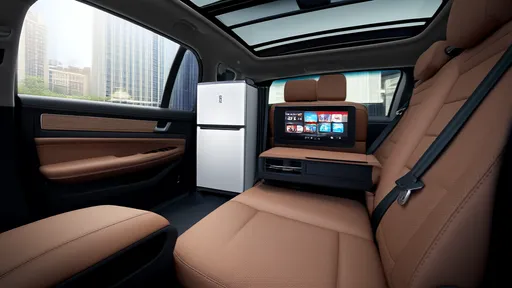
By /Jun 14, 2025
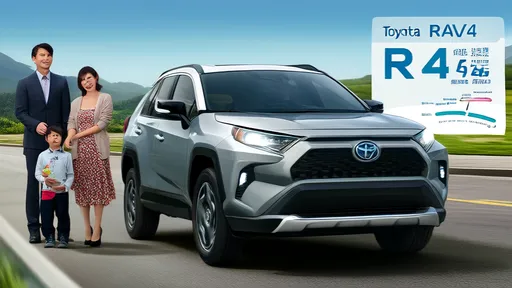
By /Jun 14, 2025
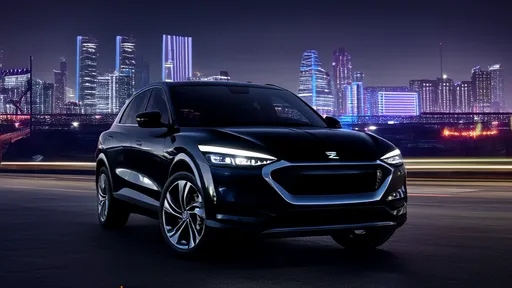
By /Jun 14, 2025
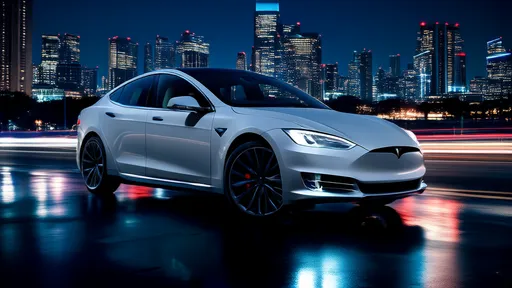
By /Jun 14, 2025
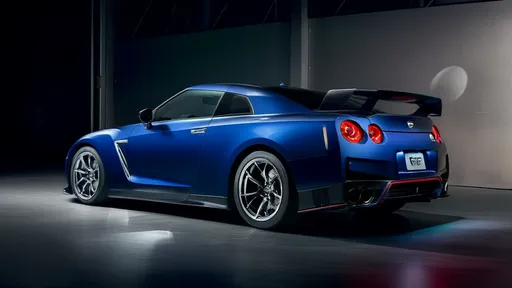
By /Jun 14, 2025

By /Jun 14, 2025
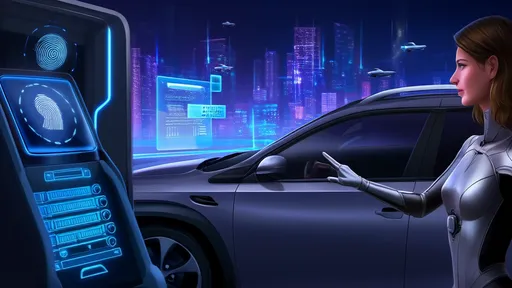
By /Jun 14, 2025

By /Jun 14, 2025
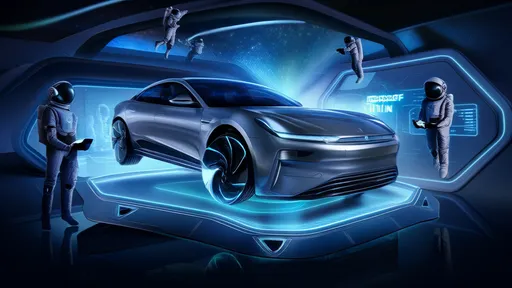
By /Jun 14, 2025
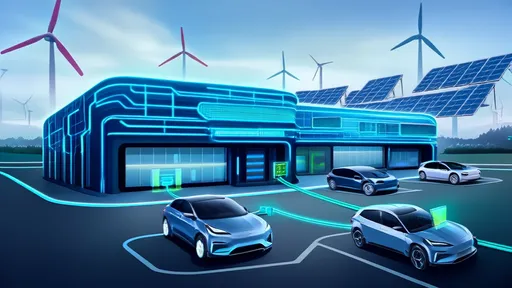
By /Jun 14, 2025

By /Jun 14, 2025
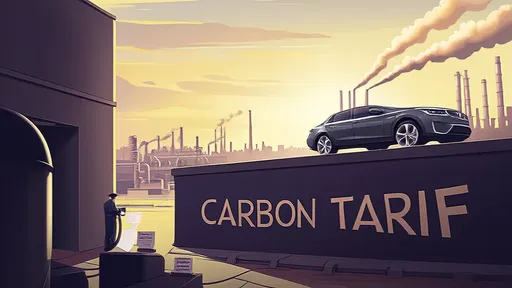
By /Jun 14, 2025
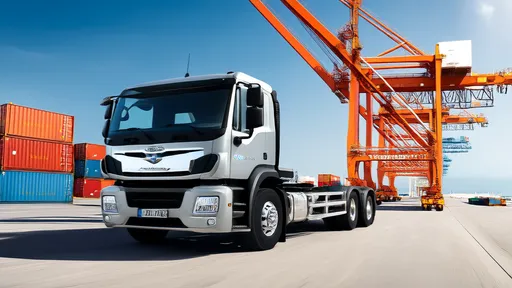
By /Jun 14, 2025
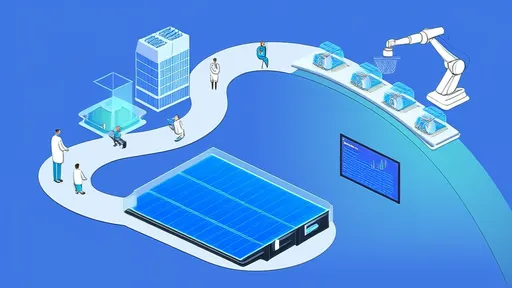
By /Jun 14, 2025
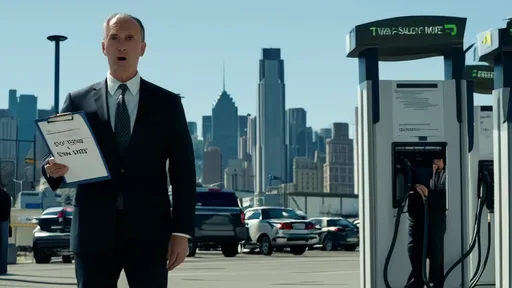
By /Jun 14, 2025
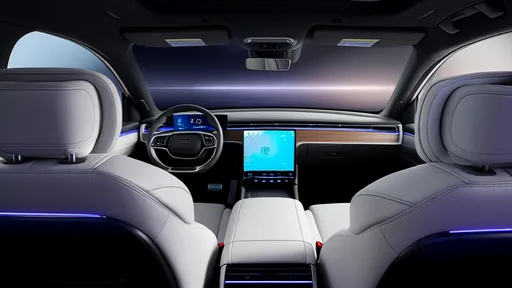
By /Jun 14, 2025

By /Jun 14, 2025
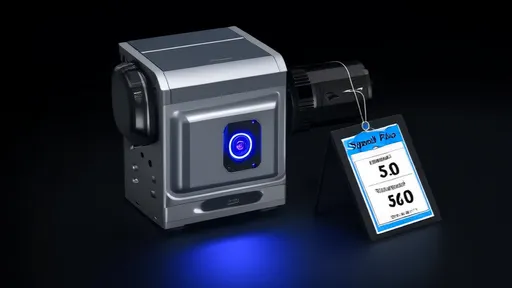
By /Jun 14, 2025